Four of Singapore’s brightest interior designers came together to share and discuss the challenges – and rewards – of Singapore’s unique residential design sector.

October 29th, 2019
This year’s Saturday Indesign Design Conversations series tackled some of the most pertinent issues in the design and architecture communities in the workplace, retail, hospitality, business and residential sectors.
Design Conversation: Innovative Strategies for HDB and Apartment Living hosted at Journey East saw designers Dennis Cheok, Creative Director of UPSTAIRS_; Howard Wee, founder of 7 Interior Architecture; Jonathan Poh, Principal Architect of Provolk Architects; and Quck Zhong Yi, Partner at Asolidplan discussing Singapore’s unique residential design landscape.
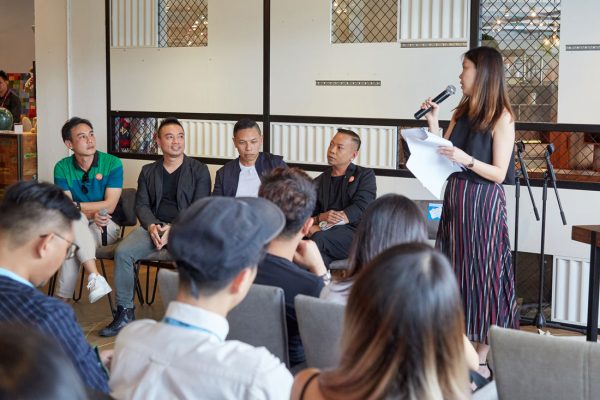
The discussion was moderated by Janice Seow, Editor of Lookbox Living, and delved into some interesting and thought-provoking solutions to the problems caused by the supposed shrinking footprints of HDB homes and private apartments.
The four panellists agreed that interior design in Singapore is at its peak, with growing interest and an international outlook that takes inspiration from more than just local trends.
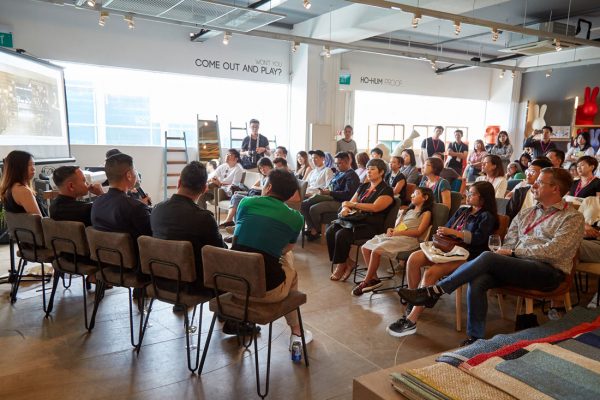
The first order of business was to discuss the difference – if any – between designing for an HDB flat and a private apartment. “There are more similarities than differences,” Quck pointed out. “There’s an aspirational mindset of what an HDB can be,” Cheok agreed.
“The design approach is the same, whether it’s an HDB, private apartment, landed house or even some commercial or hospitality project,” Wee added. “To limit a set of thinking to a special typology is very suffocating.”
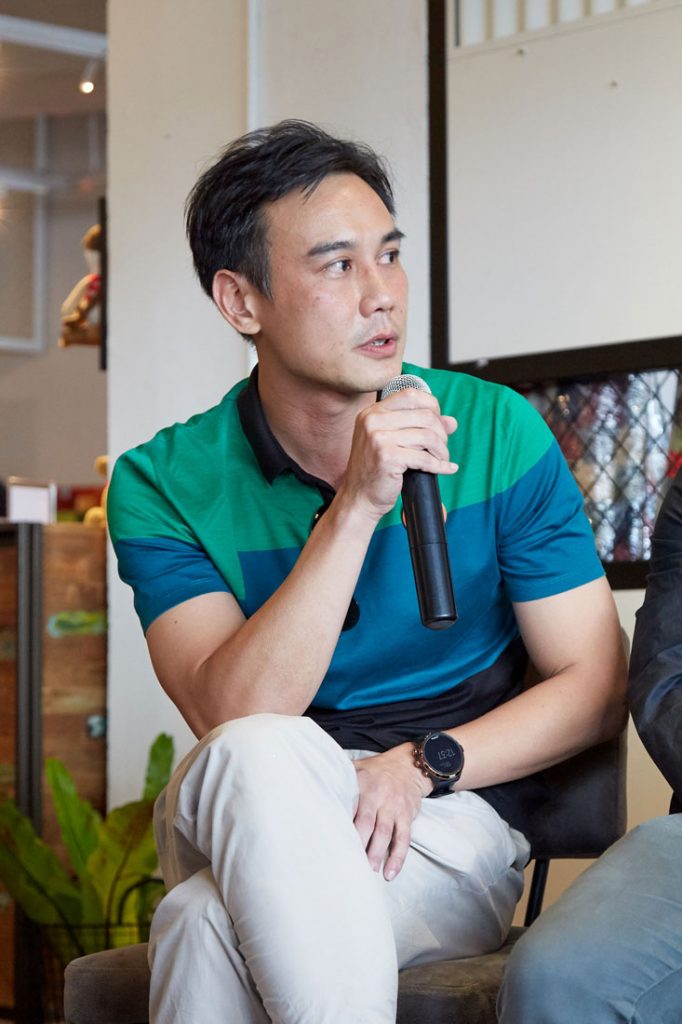
Howard Wee, founder of 7 Interior Architecture
Exploring the differences between working on an older home versus newer builds, Quck pointed out the old build’s existing structure as one of the main constraints. “We actually celebrate working with older apartments; these homes tend to be larger and have neater and more regular structures. This gives us greater flexibility to change the interior architecture.”
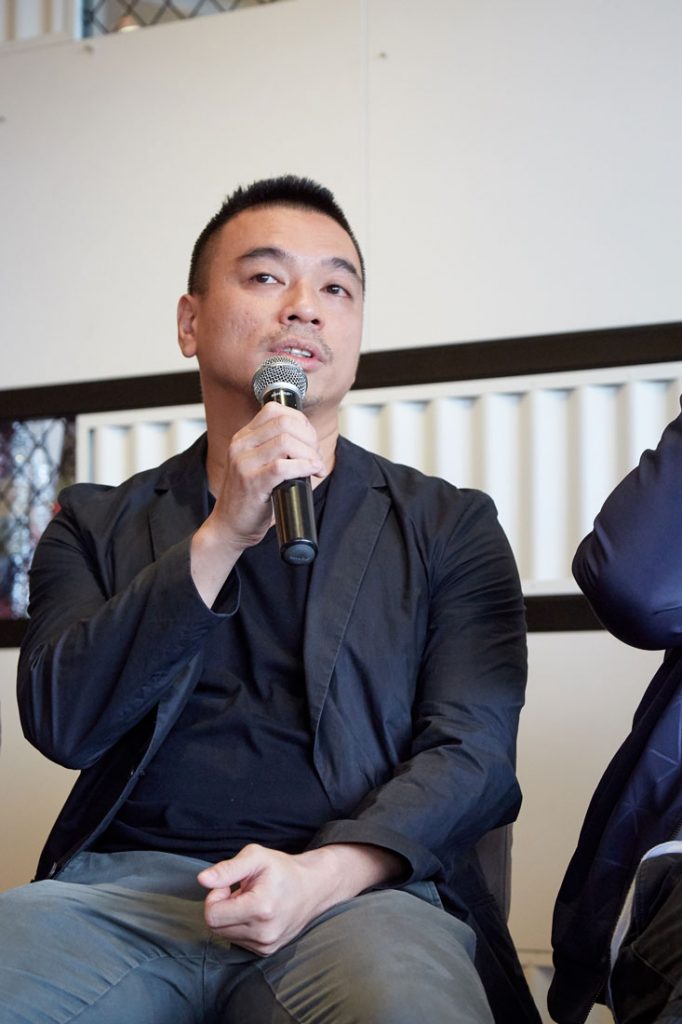
Quck Zhong Yi, Partner at Asolidplan
“I personally prefer older developments,” said Cheok, adding that he lives in one himself. “Newer developments tend to be riddled with structural elements like household shelters, window bays and aircon ledges that limit the useable floor plate.”
“With all these restrictions, we’re forced to be a bit more imaginative,” Cheok said. The designers each showcased examples of the solutions in their own projects. This ranged from making use of vertical space to creating platforms that raise the floor height.

Dennis Cheok, Creative Director of UPSTAIRS_
Another hot topic was about maintaining privacy in flats and apartments, considering the fact that most of these homes share common corridors. The challenge is to deal with prying eyes of passers-by while still maintaining a sense of community with the neighbours.
For a conservation apartment project in Tiong Bahru, Quck devised pivot screens that can be closed or opened up to adjust the amount of visibility. “The space can be entirely closed off or it can be partially opened since this is a home on the ground floor,” he elaborated. “As people walk past, they actually stop, step back and look in. This sort of encourages a sense of community within the neighbourhood.”
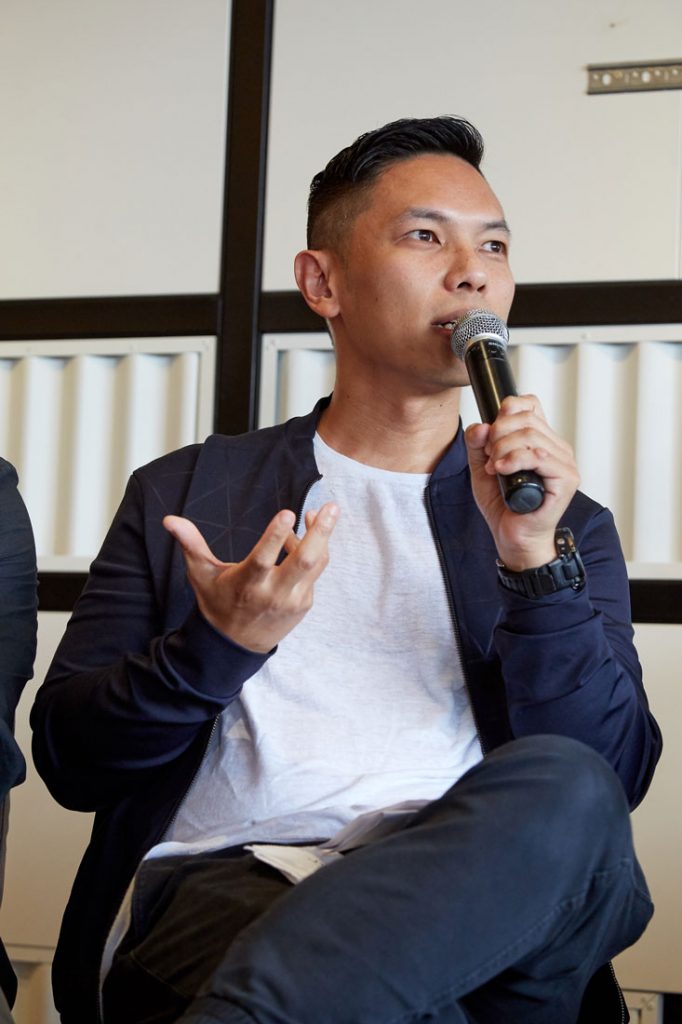
Jonathan Poh, Principal Architect of Provolk Architects
“We take the client input as an important consideration for the design,” said Poh. Cheok agreed, emphasising that as designers, they “come with no preconceptions, look at what the situation is, what the brief is and what the space is.”
That said, the designers all agreed that blindly copying trends in their projects is a recipe for disaster. “The application is always about the right gesture for the right project,” said Wee.
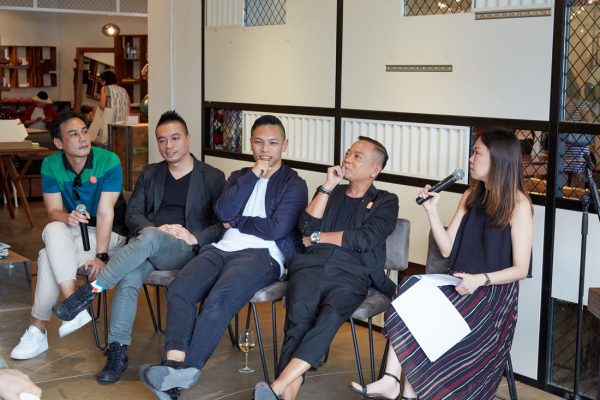
Quck showed an example with the use of terrazzo, a ‘retro’ material that has recently experienced a surge in popularity, in new ways in his project to make it look fresh and contemporary. “Terrazzo has been around since Roman times… The beauty of it is that terrazzo is it’s customisable,” he said.
Asked by Seow on what designers can do to encourage more buy-ins when it comes to implementing innovative strategies in their homes, Cheok replied: “We really listen. From there, our role is to accommodate and lead them.”
A question from the audience led to an interesting discussion about emerging designers and the skills they need to be successful in this industry.
Poh highlighted the importance of having passions that lie beyond the realm of design for a source of inspiration and expand one’s design vocabulary.
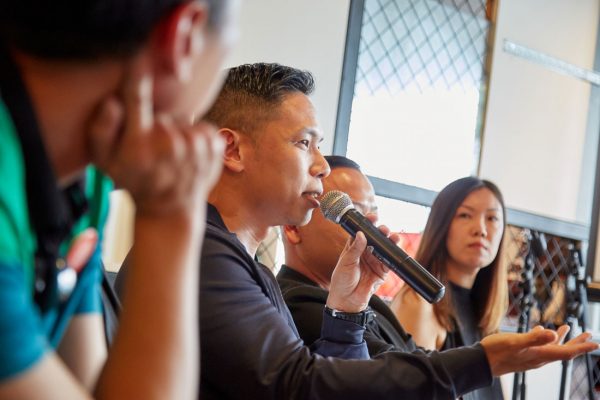
Quck spoke about the soft skills that are needed such as empathy and the ability to engage clients in dialogues. “It goes beyond technical skills and I don’t know if some of it can be taught in schools,” he said.
A searchable and comprehensive guide for specifying leading products and their suppliers
Keep up to date with the latest and greatest from our industry BFF's!

Create a configuration to suit your needs with this curved collection.

Marylou Cafaro’s first trendjournal sparked a powerful, decades-long movement in joinery designs and finishes which eventually saw Australian design develop its independence and characteristic style. Now, polytec offers all-new insights into the future of Australian design.

Channelling the enchanting ambience of the Caffè Greco in Rome, Budapest’s historic Gerbeaud, and Grossi Florentino in Melbourne, Ross Didier’s new collection evokes the designer’s affinity for café experience, while delivering refined seating for contemporary hospitality interiors.

Sub-Zero and Wolf’s prestigious Kitchen Design Contest (KDC) has celebrated the very best in kitchen innovation and aesthetics for three decades now. Recognising premier kitchen design professionals from around the globe, the KDC facilitates innovation, style and functionality that pushes boundaries.

Elevate your experience with Saturday Indesign’s VIP Studio Bus Tours.

2024’s theme, “Reawaken,” calls for a journey through reinvention and sustainability.

Indesign Media has announced a significant milestone with the consolidation of multiple platforms into a single regional go-to source for design professionals and enthusiasts.

How do we get cut-through in the current media landscape? Communications Collective’s Genevieve Brannigan shares her insights, tips and expert advice on prepping your media materials, making media reach outs and how to build clout using social media.
The internet never sleeps! Here's the stuff you might have missed

Simon Liley, Principal Sustainability Consultant at Cundall, writes about how cyberpunk dystopias haven’t (quite) come to pass yet – and how designers can avoid them.

London-based Carmody Groarke and Paris-based TVK have been announced as winners of a milestone competition for the new Bibliothèque nationale de France conservation centre.